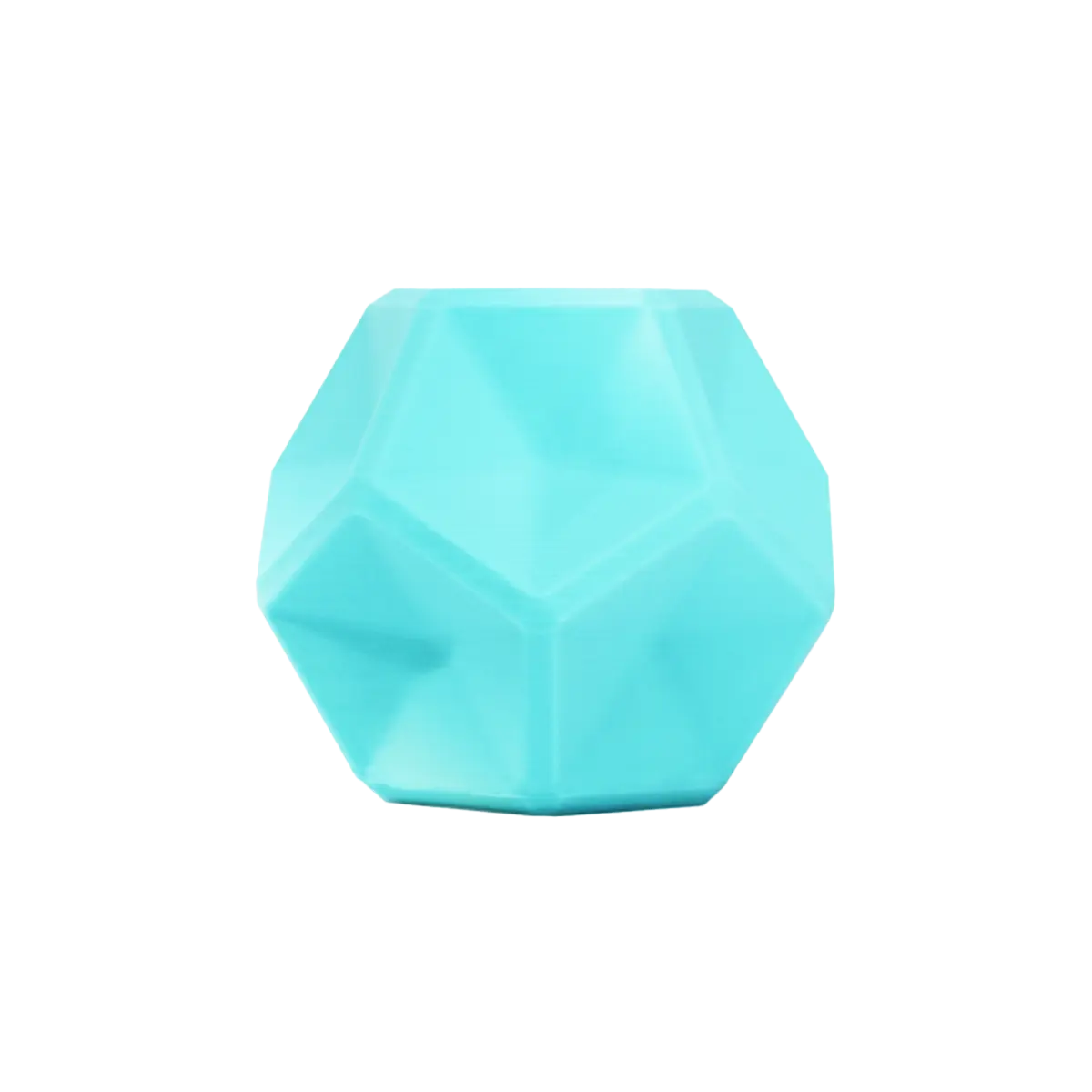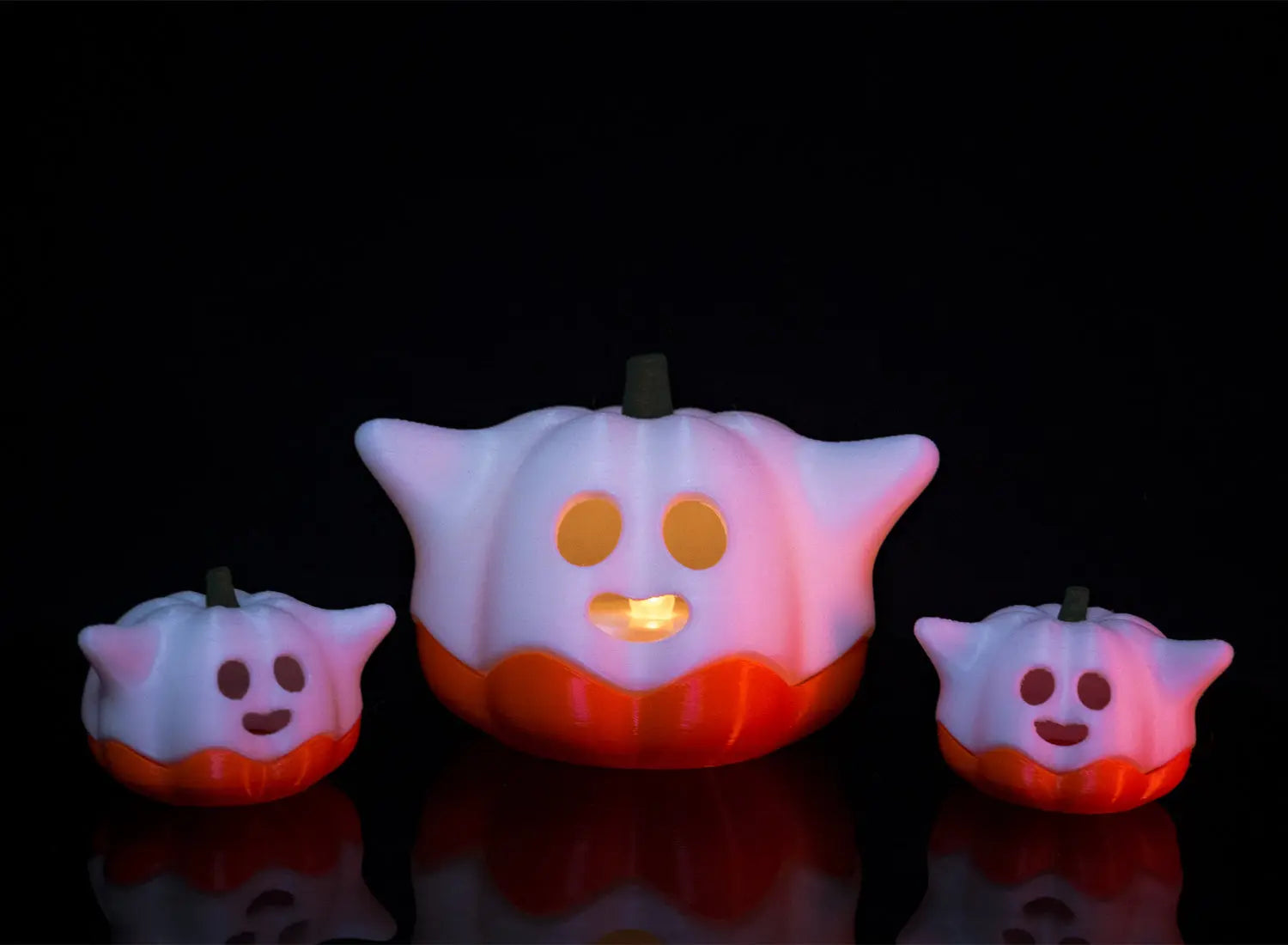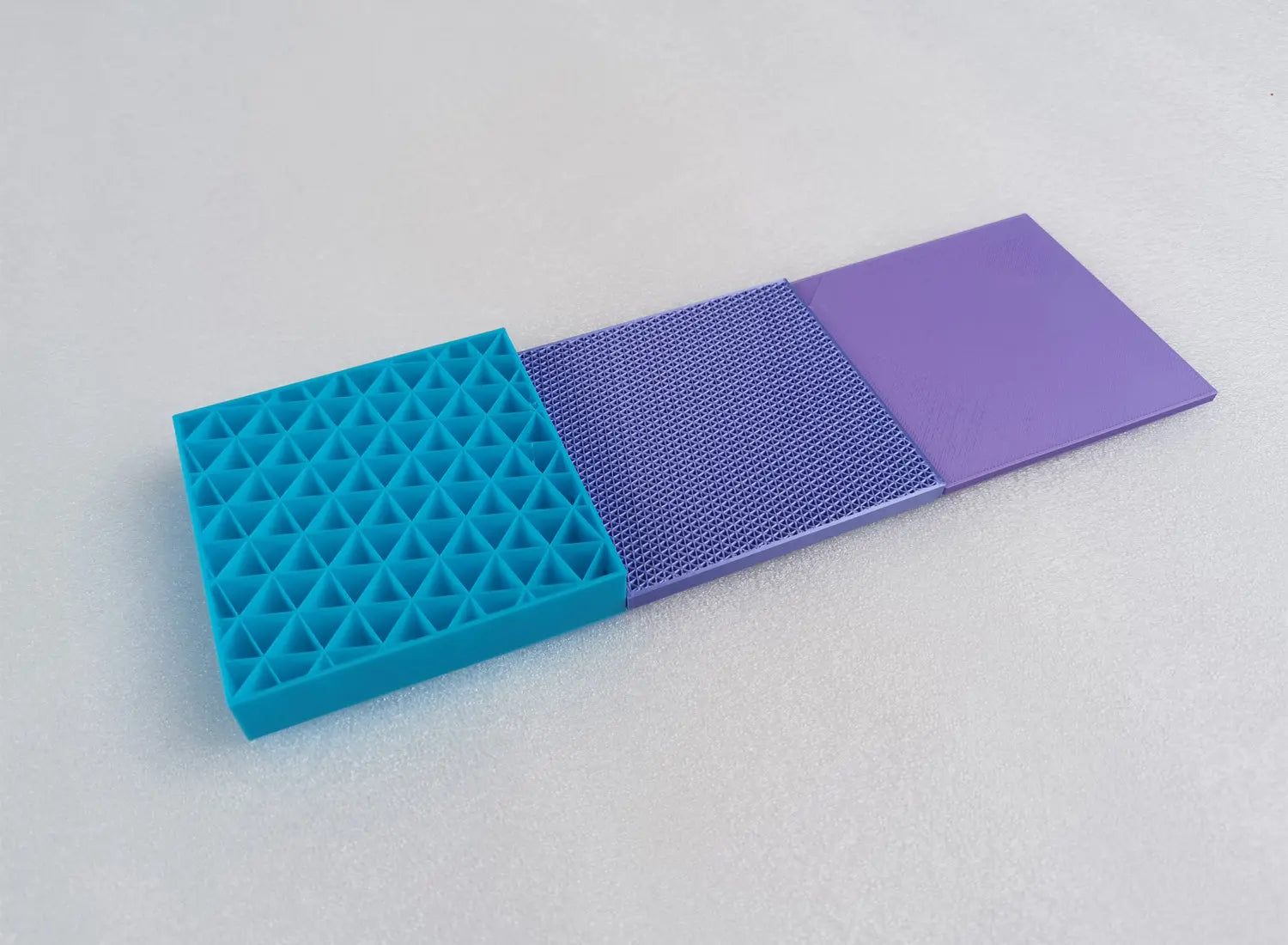Introduction
With the increasing popularity of FDM consumer-grade 3D printers, more individuals and families are acquiring their first small 3D printers and discovering the creative potential these devices offer. Some may have purchased a printer out of curiosity or impulse, without fully understanding its capabilities. As a result, these printers might end up gathering dust at home, not being used to their full potential. However, 3D printers actually have been widely used in the creation of toys, art, education tools, and other items. This article aims to outline the various items that 3D printers can create in the consumer sector for individuals and families, serving as a reference to inspire beginners and help new users experience the full charm of 3D printing. Additionally, we will highlight some popular brands of 3D printers at the end, to help new users make informed decisions.
Creative Toys
In the realm of toy manufacturing, 3D printing technology offers numerous advantages over traditional injection molding. One significant benefit is the ability for teenagers and hobbyists to transform virtual toy models into tangible toys right at home. This capability has the potential to disrupt the conventional toy market by offering a more personalized and immediate approach to toy creation. For instance, as shown in the image below, 3D printers can quickly produce interesting toys。

Currently, many ordinary toys sold in stores can be recreated by designing 3D models or generating digital models through 3D scanning, and then printing them using a personal 3D printer. Take the globally renowned toy brand LEGO, for example. LEGO is famous for allowing users to build various complex toys through hands-on assembly. In the world of 3D printing, enthusiasts can print different toy parts and assemble them according to instructions. One popular example is the "Dummy 13," which is composed of many printed components. Additionally, toys sold in stores like "Ultraman," "Batman," and various "Dolls" can also be printed at home. With some self-taught design skills, individuals can even customize and produce unique, one-of-a-kind toys.
Moreover, the capability to print toys with articulated structures is a standout feature of 3D printers, a task that traditional injection molding machines find extremely challenging. Articulated structures are movable, and 3D printers can easily print the suspended parts of a model using controlled algorithms. They can even precisely control the gaps between parts to ensure flexibility and movement. Examples of such capabilities include the popular "Articulated Ancient Dragon" and "Chinese folding fans." These models demonstrate the exceptional ability of 3D printers to create complex, movable toy structures that are difficult to achieve through traditional manufacturing methods.
Art Display
Art thrives on creativity, and 3D printers excel at bringing creative ideas to life. Many contemporary art exhibitions now incorporate 3D-printed pieces, using this technology to better convey the artists' design concepts to the audience. For personal users, printing designer-created art vases at home can be an enjoyable activity.
Instead of purchasing mass-produced vases from stores, individuals can print unique, aesthetically pleasing art vases. This approach not only adds a more artistic touch to the vases but also allows users to choose filament colors that match their interior decor. Beyond standard colors, vases can be printed with materials like silk rainbow colors, offering a more vibrant and eye-catching result. The following image showcases some vase models.
In addition to vases, personal users can create sculptures, jewelry, and other decorative items. 3D printing allows for intricate designs and customizations that are not possible with traditional manufacturing methods. This capability opens up new possibilities for artists and hobbyists to express their creativity and produce unique works of art.

Household Items
3D printers can be extremely useful for creating a wide range of household items. Here are a few ideas:
- Storage Solutions: Print organizers, boxes, and shelves to help with storage around the house.
- Kitchen Tools: Simple items like measuring cups, coasters, and spoon holders can be created.
- Plant Pots: Cum pots for indoor plants, allowing for unique designs and sizes.
These items not only add functionality but also provide a personalized touch to home decor. Users can customize the size, shape, and color of each item to suit their preferences and needs.

Tools
3D printers can also produce practical tools and accessories for daily use:
- Phone Stands:Printing custom stands for phones and tablets is a practical project. These stands can be designed to fit specific devices and offer personalized functionality, such as adjustable angles or integrated cable management.
- Cable Organizers: Cable management is a common issue, and 3D printing offers a solution with custom cable organizers. These can be designed to suit different types of cables and devices, keeping workspaces neat and tidy.
- Custom Keychains:Personalized keychains are simple yet rewarding projects. Beginners can experiment with different designs, materials, and printing techniques to create unique, functional items.
These practical items showcase the versatility of 3D printers and their ability to create customized solutions for everyday problems.
Education Aids
In the field of education, many universities and educational institutions have already incorporated 3D printing into their curricula. At home, it is equally important to introduce 3D printing and creative manufacturing concepts to teenagers. By learning how to design models, young people can unleash their imaginative potential. Assembling toy models enhances their hands-on abilities and spatial thinking skills. Printing educational tools, such as maps, geometric models, and biological skeletons, allows children to gain a more tangible understanding of various subjects from the comfort of their home.
3D printing can also be used to create tactile learning aids for students with visual impairments, making education more inclusive. For instance, students can print raised-relief maps, Braille texts, and other tactile learning tools that enhance their understanding of the material.
Anime Characters and Virtual Elements
Similarly, 3D printers can quickly bring elements from anime and films to life, catering to personal collecting hobbies. For instance, a variety of Groot statues, along with Groot-themed pen holders, Batman figures, and T-Rex models, can be swiftly printed, allowing enthusiasts to create and customize their own collectibles.
These items can be printed in various sizes and colors, allowing fans to create detailed and accurate replicas of their favorite characters. With some painting and finishing techniques, these printed models can look as good as or even better than store-bought collectibles.
Repair and Replacement Parts
One of the most practical uses of 3D printing is creating replacement parts for broken items around the house. This can include anything from knobs and handles to brackets and clips, providing a cost-effective and customizable repair solution. In addition to replacements, 3D printing allows for the creation of custom fixes for specific problems, improving existing designs for better functionality.
For instance, users can design and print custom parts that are stronger and more durable than the original ones, extending the life of their household items. This capability is particularly useful for older items with discontinued parts, as users can create exact replicas or improved versions of the needed parts.
Advanced Projects for Enthusiasts
As users become more familiar with their 3D printers, they can take on more advanced projects that push the limits of the technology. Here are a few ideas:
- Custom Drones: Design and print custom drone frames and parts, integrating electronic components to create a fully functional drone.
- Robotics: Print parts for custom robots, combining 3D-printed components with motors, sensors, and controllers to build complex robotic systems.
- Automotive Parts: Create custom car parts and accessories, such as dashboard mounts, custom badges, or even replacement parts for vintage vehicles.
These projects not only demonstrate the versatility of 3D printing but also provide valuable learning experiences in design, engineering, and electronics.
Recommended 3D Printers for Beginners
For those new to 3D printing, choosing the right printer is crucial. Here are three highly recommended models that balance ease of use, functionality, and cost-effectiveness:
The Flashforge Adventurer 5M Pro is an excellent choice for beginners due to its user-friendly features and versatility. This printer is ideal for printing with basic materials like PLA and PETG, and it also supports occasional use of carbon-fiber composite filaments. Key features include:
- Printing Speed: 600mm/s
- Acceleration: 20000mm/s²
- Build Plate Size: 220x220x220mm
- Printing Precision: ±0.1 mm
- Nozzle Diameters: 0.25/0.4/0.6/0.8mm
- Extruder Temperature: 280℃
- Leveling: Fully Auto Leveling
- Structure: Core-XY
- Support Filament: PLA/PETG/TPU/PLA-CF/PETG-CF
With these features, the Adventurer 5M Pro offers high print quality and speed, making it suitable for both detailed and large-scale projects. Additionally, its high-efficiency filtration system ensures safe indoor use by filtering out harmful emissions from certain filaments.
Conclusion
By exploring these various applications and projects, beginners can fully realize the potential of their 3D printers and bring their creative ideas to life. Whether it's creating toys, art, household items, tools, educational aids, or collectible figures, 3D printing offers endless possibilities for personal and practical use. With the right printer and a bit of imagination, users can transform their homes into mini-factories, producing custom items that enhance their daily lives and reflect their unique personalities.





























